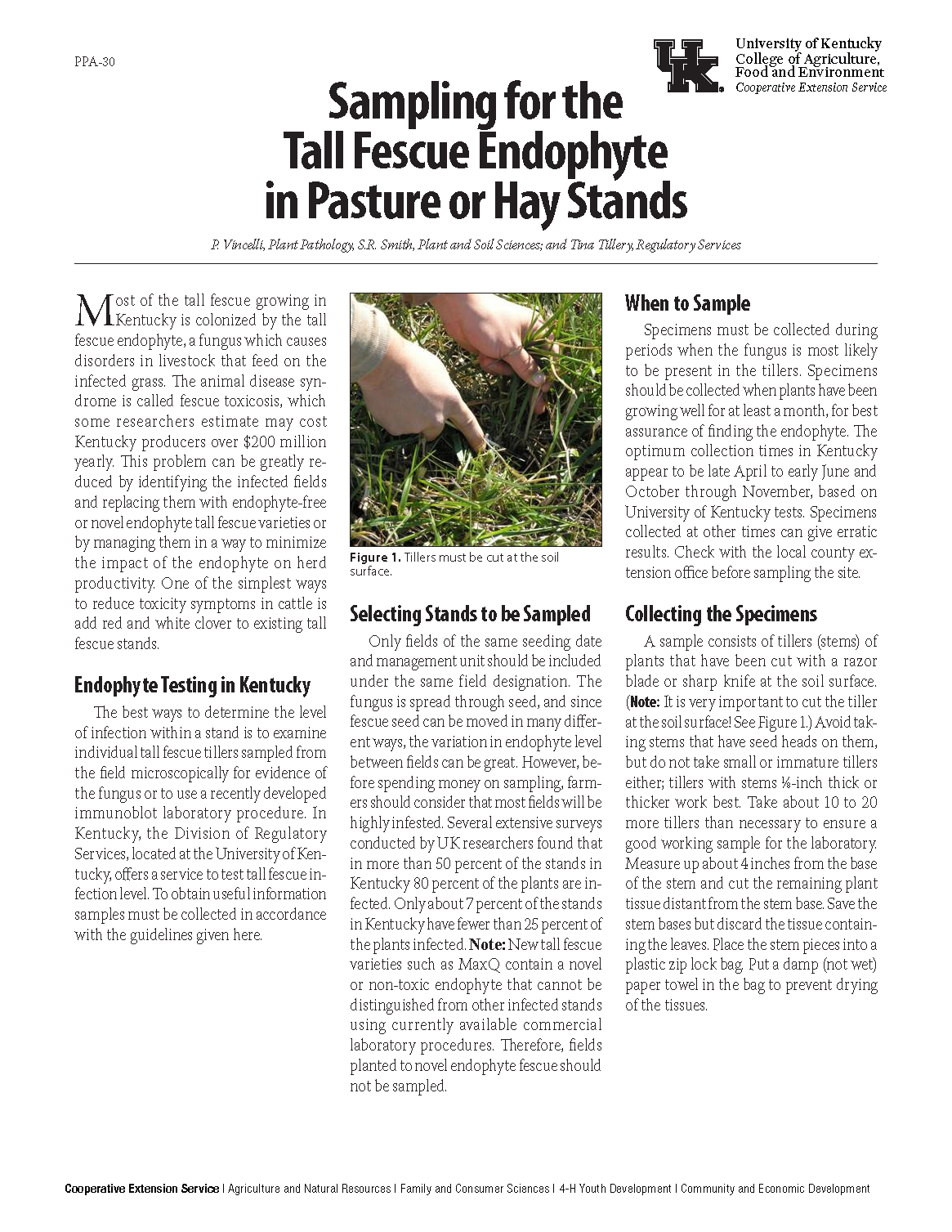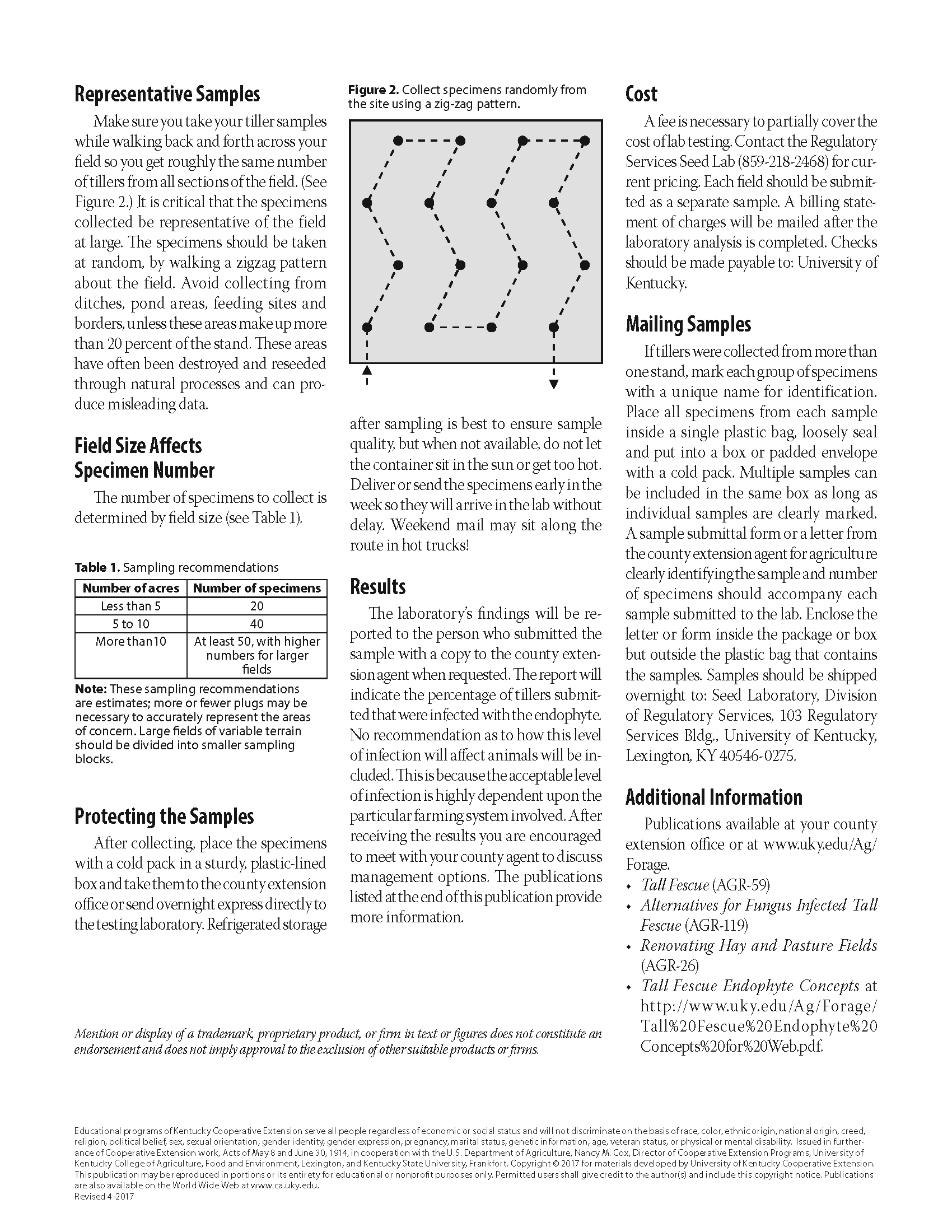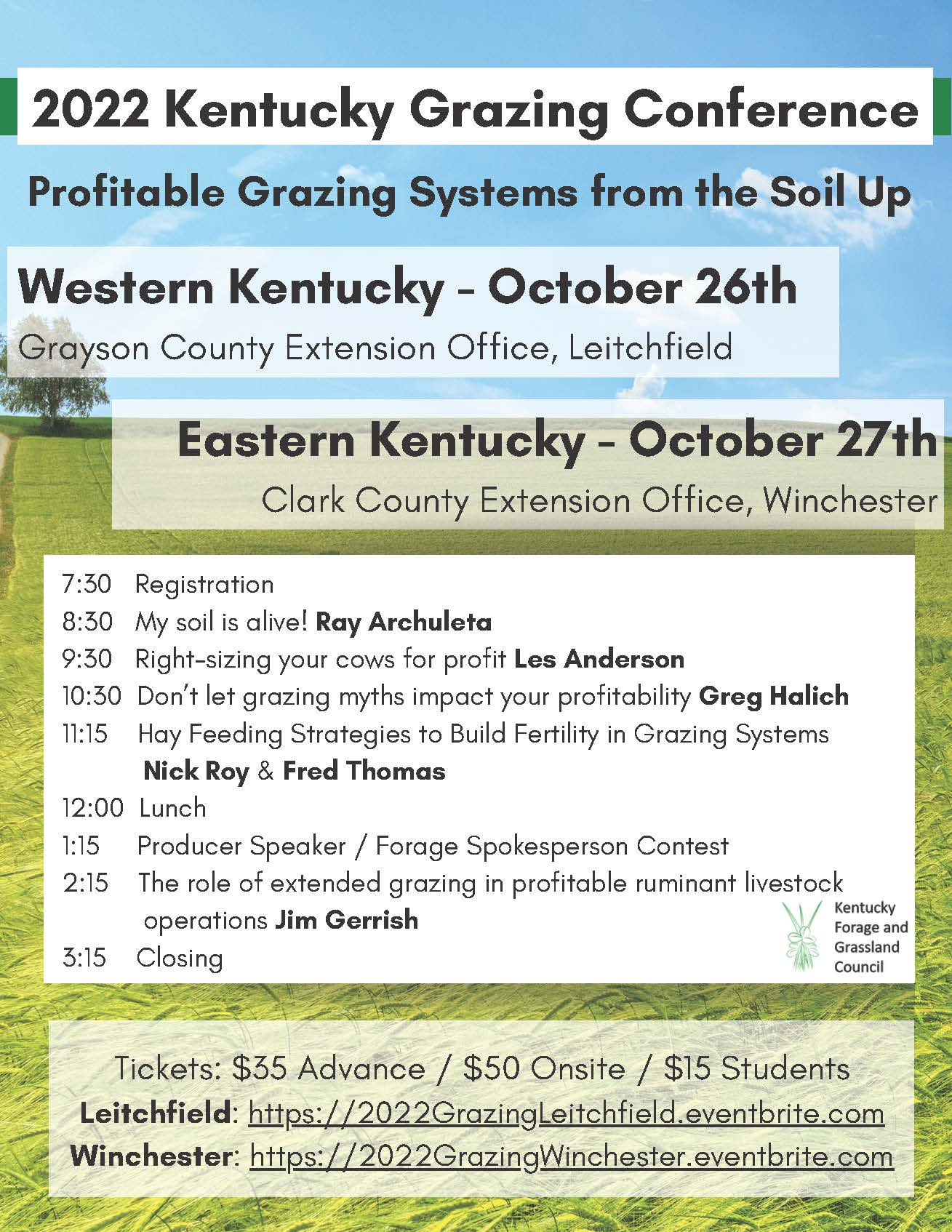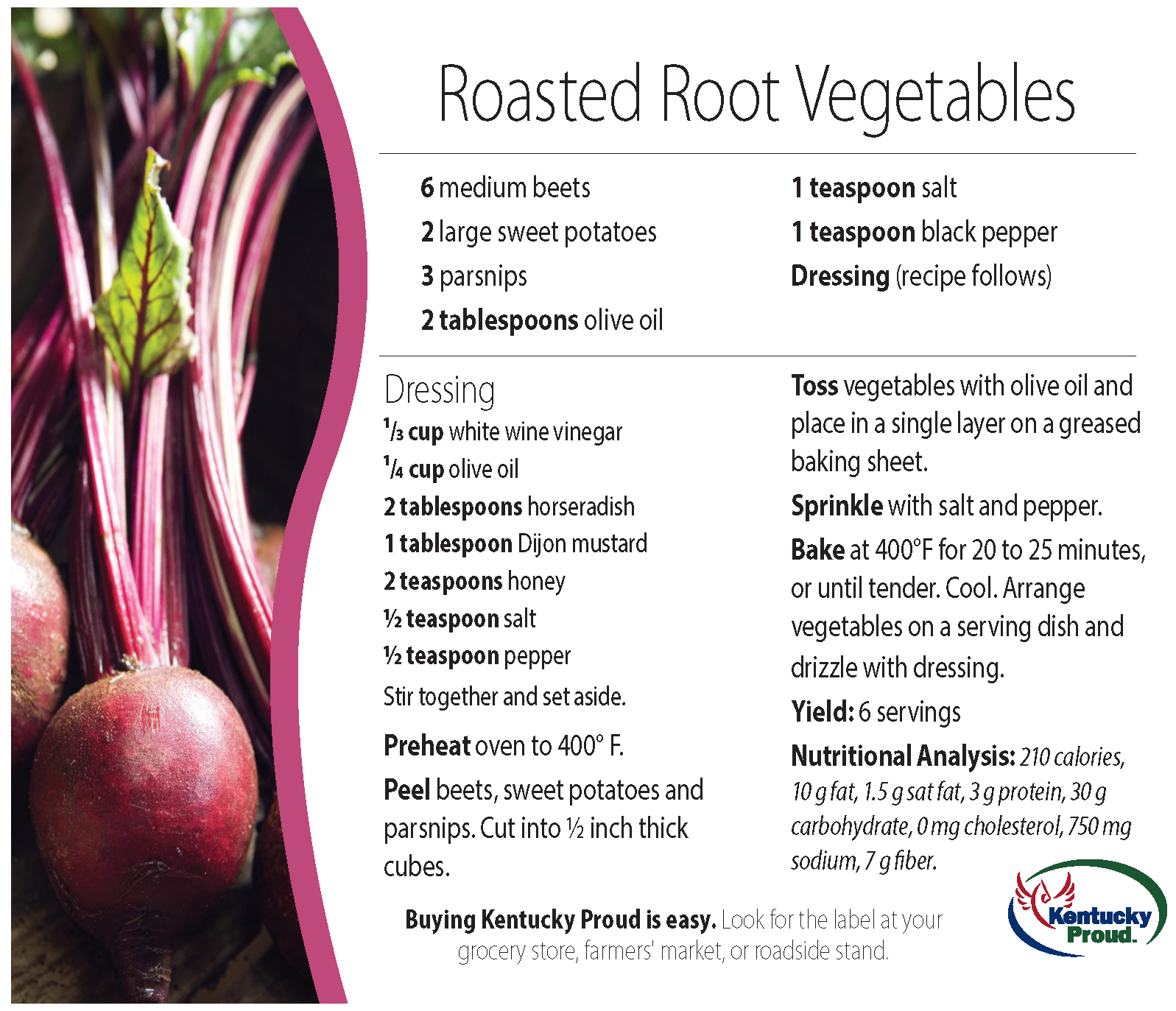Estill County Farm Scoop October 2022
October 2022 Edition
Agriculture & Natural ResourcesDownload (PDF)
Share this Newsletter
Additional Newsletters
Preview This Newsletter
Estill County Farm Scoop October 2022 - Agriculture and Natural Resources Newsletter
Message from the agent:
On September 9th, the Estill County Extension Office held an Open House. It was a wonderful opportunity that allowed me to meet more members of the community. Thank you to everyone who stopped by to visit and talked with me about all of the services that are offered here at the office including soil testing, grain moisture testing, pond water testing and more. If you were not able to attend and are interested about learning more, you can contact me and I will be happy to help.
As fall is getting closer, don’t forget that now is a great time to test your soils. You can bring 2 cups of soil into the office to be tested, or I can take a soil test for you. Feel free to call, email, or stop by the office if you would like more information about soil testing or have any other questions at all.
The Estill County Beef Producers and Cattlemen have resumed their monthly meetings. The next meeting will be held Thursday, October 13 at 6:30 p.m. At the Estill County Extension Office. The guest speakers will be Kevin Fields, of Tri County Fertilizer & Feed and Bill McLuer from CPC Feeds. A catered meal will be provided. For those who will be participating in the meal, you must call the Extension Office no later than Monday, October 10 at 4p.m. so we can submit the numbers. If you have any questions about the Estill County Beef Producers, contact the Estill County Extension Office at 606-723-4557.
Fall Fencing School Registration now open
This fall, the University of Kentucky will host two regional fencing schools to help livestock producers learn about the newest and most sound techniques to build fences.
The schools are Nov. 1 at the Marion County Cooperative Extension Office in Lebanon and Nov. 3 at the Clay County Cooperative Extension Office in Manchester. Registration begins at 7:30 a.m. EDT. Classes throughout the day include fencing construction basics, fencing types, costs, fencing laws and more.
UK forage extension specialist Chris Teutsch started these one-day events in 2018 to help farmers improve their grazing management.
“If you’ve ever driven through the country, you’ve probably seen a lot of fences, but not a lot of well-built ones,” said Teutsch, a professor at the UK College of Agriculture, Food and Environment. “One of the goals of this school is to teach people basic fence construction. So, they can build a strong, long-lasting fence that will last 25 or 30 years, or if they decide to hire a contractor to build it for them, they will at least know what a well-built fence looks like.”
UK specialists and fencing industry experts will teach producers how to install both fixed-know, woven wire fencing and smooth electrified, high-tensile fencing.
Participants will learn through a combination of classroom sessions and hands-on demonstrations. If producers choose to participate in cost-share programs, they can use the skills learned to construct fences that meet Natural Resources Conservation Service specifications.
Each school costs $30 per person and has a 30-participant limit. Organizers urge producers to sign up early. Registration fee includes morning refreshments, a catered lunch, a fencing notebook, safety glasses, and hearing protection.
To sign up for the Lebanon school, visit 22FencingLebanon.eventbrite.com.
Those interested in attending the Manchester school can do so at 22GrazingManchester1.eventbrite.com.
Attendees also may send registration and payment to KFGC c/o Krista Lea at N-222C Ag. Science Building North, Lexington, KY 40546-0091. The registration deadline is two weeks before each workshop.
This program is a combined effort of the Kentucky Forage and Grassland Council, the UK Cooperative Extension Service, UK Master Grazer Program, Kentucky Forage and Grassland Council and industry partners Gallagher USA, Stay-Tuff Fencing and ACI Distributors.
Source: Jordan Strickler, University of Kentucky
Beef Bash 2022 highlights resiliency and rebuilding from Kentucky tornado
Beef Bash will be held at the University of Kentucky Research and Education Center in Princeton, KY on Thursday, October 20th. Registration will begin at 8:30 a.m. and the program will begin at 9:00 a.m. As in years past, Beef Bash will feature commercial vendors, educational presentations and demonstrations, and opportunities to fellowship with fellow members of the Kentucky beef industry. Although the UKREC including the beef unit are still in the process of recovering from the December 2021 tornado, we thought it was important to continue the tradition of beef bash and move forward with an in-person program! There is no cost to attend Beef Bash, but a meal will be available for purchase with all proceeds benefiting the Caldwell-Lyon Cattlemen’s Association scholarship fund.
The University of Kentucky Research and Education Center is located at 348 University Drive, Princeton, KY 42445. Signs will be posted to guide you to the beef unit.
Feeder Cattle Prices Gaining Strength
Dr. Kenny Burdine, Extension Professor, Livestock Marketing, University of Kentucky
The feeder cattle market has really flexed its muscles as we have moved through summer. The October CME© feeder cattle futures contract has increased by more than $10 per cwt since May and this can be seen in the market for heavy feeder cattle. Heavy feeders typically make their highs around this time of year, but calf markets are increasing counter-seasonally. A strong calf market going into fall is a good sign for cow-calf operators that calve in the spring and will be marketing calves in the coming months. State average prices for Medium and Large Frame #1-2 Steers at 550 lbs and 850 lbs can be seen below. The monthly charts run through the last week of August, but further price improvement was see in the first week of September. It is becoming more apparent that the supply of calves is going to be very tight this fall. Beef cow slaughter levels have been a topic of discussion all year and remain 14% above 2021 levels. We are also seeing high feedlot placement levels of light weight feeders, which has been another trend due to dry conditions in much of the country. Given the continued reduction in the size of the beef cow herd, this was likely to be a smaller fall calf run had weather not been a challenge. But, when combining that with the drought implications, fundamentals are setting up for a seller’s market for feeder calves. I also wanted to briefly discuss beef export levels as those have not gotten a lot of attention in recent months. Through the first six months of 2022, beef exports have been 7% higher than last year. Also remember that 2021 was a record year for US beef exports. At the start of 2022, most expected beef export levels to decline, mostly due to an expected decrease in beef production. However, the combination of high cow slaughter and early placement of cattle on feed has kept beef production higher than expected. While exports are likely to slow in the 4th quarter as beef production decreases, it does appear likely that a new record for beef exports will be set in 2022.
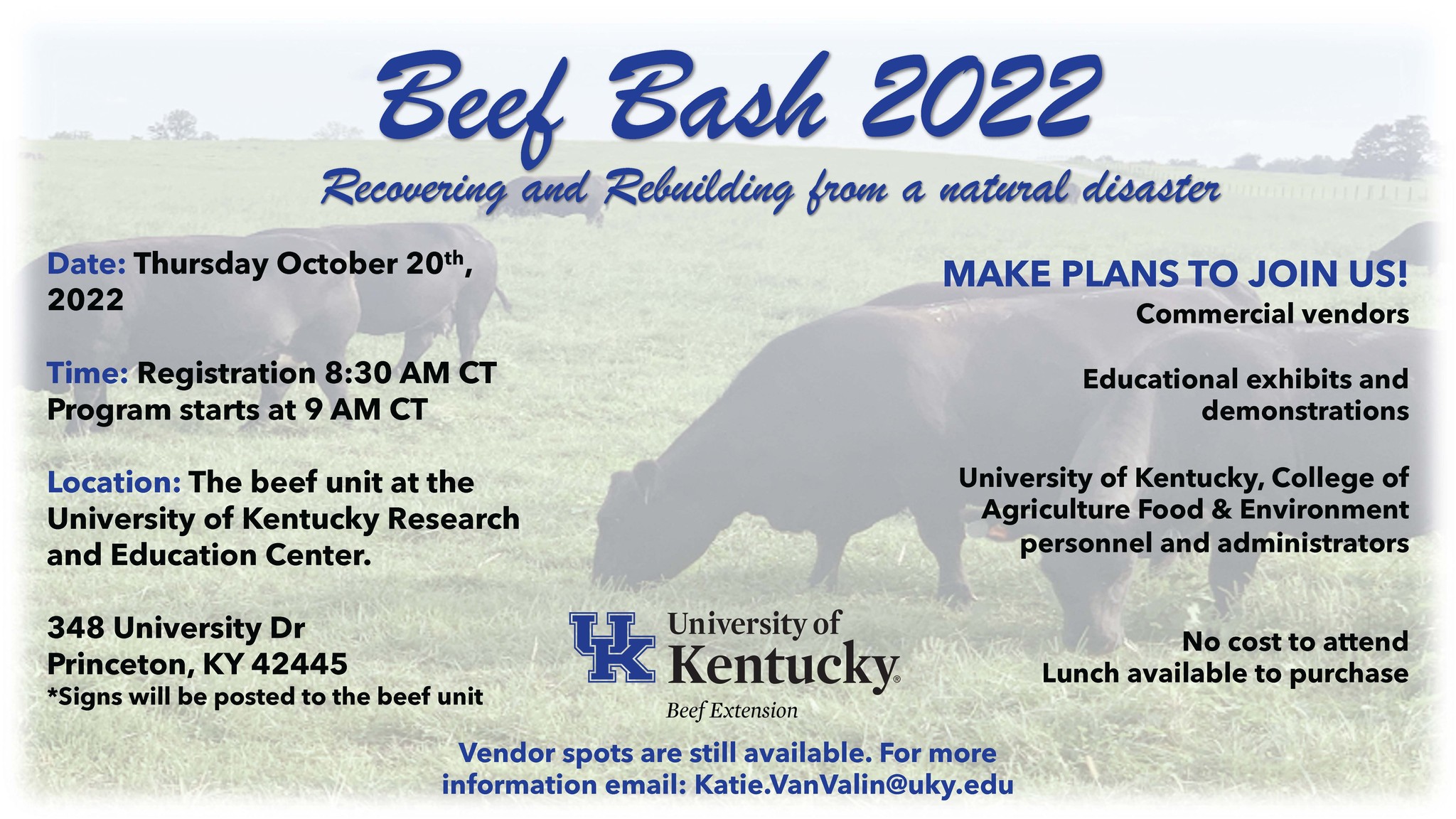
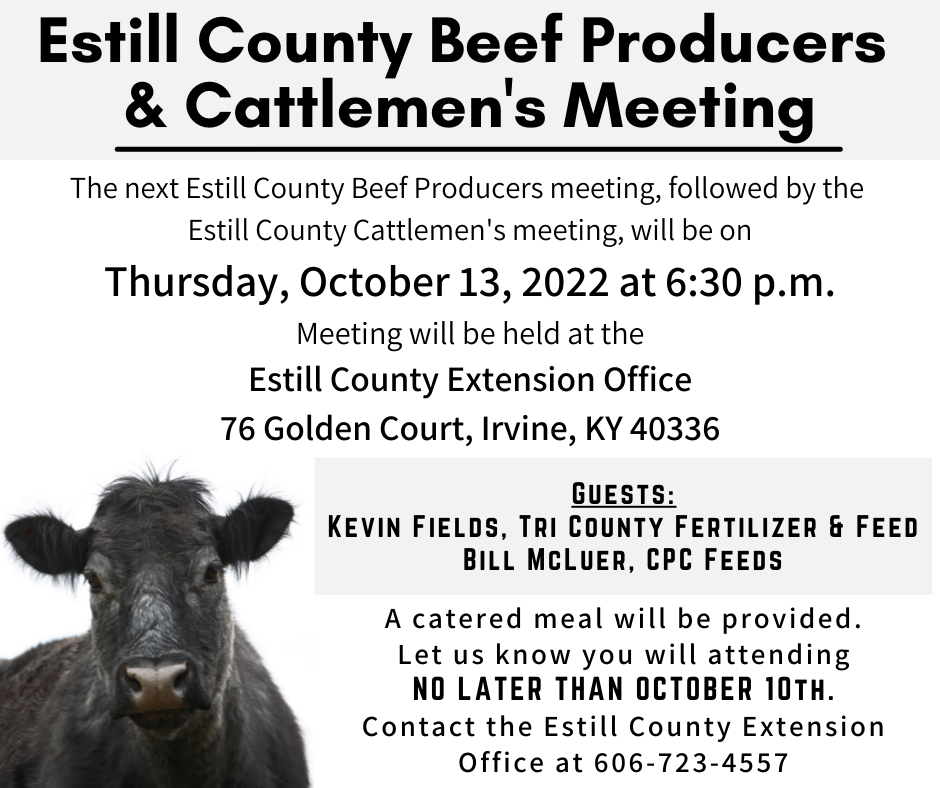
The Variability of the First Fall Freeze
by Tony Edwards - National Weather Service Charleston, WV
With the turning of the calendar to the month of October, Mother Nature typically responds with cooler temperatures and more pleasant weather compared to the heat and humidity of summer. With the cooler temperatures at night, most locations across Kentucky will likely see their first freezing temperatures during the month of October, putting an end to the growing season. However, where you live - and the elevation at which you live - can have a significant impact on when you see those first freezing temperatures of the fall.
Many locations in Kentucky typically see their first freeze during the last week of October. However, rural areas in valleys away from bodies of water can see this occur a week earlier, while locations on ridge tops or near large bodies of water can see this first freeze occur up to a week later, into early November. You may wonder why this variability occurs?
As shown in the illustration above, cold air is heavy and tends to drain into the lower elevation valleys and hollows on clear, calm nights. As this happens, warmer air rises and typically forms what’s known as the thermal belt. This thermal belt can keep the ridgetops several degrees warmer than the valleys. In fact, in the extreme terrain of eastern Kentucky, ridgetop locations can quite often be 10 to 20 degrees warmer than the valleys below on calm and clear mornings. Water also holds heat longer and so larger bodies of water such as lakes and rivers can moderate the temperatures for nearby locations.
So, while it’s pretty much inevitable that our gardens will succumb to the cold at some point during the month, the location of your garden in relation to elevation and proximity to bodies of water can make a big difference in how long those last tomatoes and peppers linger on the vines.
Pest-Proofing your home
Many pests seek refuge in homes and buildings in response to changes in weather, such as extended periods of rain or drought, or the onset of cool autumn temperatures. In response to these pest invasions, homeowners often apply liberal amounts of insecticides indoors. Although indoor insecticide application often provides quick results for the pests you see, this strategy is generally ineffective at providing a long-term solution because most of the pests being treated are coming in from outside the home. Therefore, to ensure a pest-free home, it is important that residents focus their attention towards denying pest entry before they make their way indoors, a process better known as “pest-proofing”.
Outlined below are six tips for pest-proofing one’s home or business. Steps 1 to 3 will also conserve energy and increase the comfort level during winter and summer. Equipment and materials can be purchased at most hardware or home improvement stores.
1. Install door sweeps or thresholds at the base of all exterior entry doors. Lie on the floor and check for light visible under doors. Gaps of 1/16 inch or less will permit entry of insects and spiders; 1/4-inch-wide gaps (about the diameter of a pencil) are large enough for entry of mice; 1/2-inch gaps are adequate for rats. Pay particular attention to the bottom corners as this is often where rodents and insects enter. Garage doors should be fitted with a bottom seal constructed of rubber (vinyl seals poorly in cold weather). Gaps under sliding glass doors can be sealed by lining the bottom track with 1/2- to 3/4-inch-wide foam weather stripping. Apply sealant (see #3 below) along bottom outside edge and sides of door thresholds to exclude ants and other small insects.
2. Seal utility openings where pipes and wires enter the foundation and siding, such as around outdoor faucets, receptacles, gas meters, clothes dryer vents, and telephone/cable TV wires. These are common entry points for ants, spiders, wasps, rodents, and other pests. Holes can be plugged with mortar, caulk, urethane expandable foam, copper mesh (like the material in pot scrubbers), or other suitable sealant.
3. Seal cracks around windows, doors, fascia boards, etc. Use a good quality silicone or acrylic latex caulk/sealant. Although somewhat less flexible than pure silicone, latex-type caulks clean up easily with water and can be painted. Caulks that dry clear are often easier to use than pigmented caulks since they don’t show mistakes. Buy a good caulking gun; features to look for include a back-off trigger to halt the flow of caulk when desired, a built-in ‘slicer’ for cutting the tip off of new caulking tubes, and a nail for puncturing the seal within. Prior to sealing, cracks should be cleaned and any peeling caulk removed to aid adhesion. For a professional look, smooth the bead of caulk with a damp rag or a moistened finger after application. A key area to caulk on the inside of basements is along the top of the foundation wall where the wooden sill plate is attached to the concrete foundation. Ants, spiders, and other pests often enter through the resulting crack.
4. Repair gaps and tears in window and door screens. Doing so will help reduce entry of flies, gnats, mosquitoes, and midges during summer, and cluster flies, lady beetles, and other overwintering pests in autumn. Certain insects are small enough to fit through standard mesh window screen. The only way to deny entry of these tiny insects is to keep windows closed during periods of adult fall emergence.
5. Install 1/4-inch wire mesh (hardware cloth) over attic, roof, and crawl space vents in order to prevent entry of birds, bats, squirrels, rodents, and other wildlife. Be sure to wear gloves when cutting and installing hardware cloth as the wire edges are razor-sharp. Backing the wire mesh from the inside with screening will further help to prevent insects such as ladybugs, paper wasps and yellowjackets. If not already present, invest in a chimney cap to exclude birds, squirrels, raccoons, and other nuisance wildlife. Raccoons, in particular, are a serious problem throughout Kentucky. Many chimneys become home to a family of raccoons which, in turn, are often infested with fleas.
6. Consider applying an exterior (barrier) insecticide treatment. While sealing is the more permanent way to exclude pests originating from outdoors, comprehensive pest-proofing is laborious and sometimes impractical. For clients needing an alternative, pest-proofing can be supplemented by an exterior treatment with an insecticide. Homeowners will get the most for their efforts by applying longer-lasting liquid formulations containing pyrethroids (e.g., cypermethrin, bifenthrin, cyfluthrin, Gamma-Cyhalothrin, etc.). Such products are sold at hardware and lawn and garden shops. For better coverage, it’s often best to purchase these products as concentrates so that they can be diluted and applied with a pump up sprayer, hose end sprayer, etc. Treat at the base of all exterior doors, garage and crawl space entrances, around foundation vents and utility openings, and up underneath siding. It also may be useful to treat around the outside perimeter of the foundation. Be sure to follow all label instructions, and use this information only as general guidance. Clients who choose not to tackle these activities may want to hire a professional pest control firm, many of which offer pest-proofing services.
Article By Zachary DeVries, Entomology Extension Specialist
A New Pest for Soybeans reported in Minnesota and Quebec, the Leafminer Macrosaccus morriesella
Reports in Soybean & Mine Description
In Québec (Canada), white-colored blotch-type leaf mines have been observed in soybean fields since August 2016, whereas, in Minnesota (United States), leaf mines similar to those in Québec were observed in soybean fields in August 2021. In 2022, a larger presence of similar leaf mines have been reported in southern Minnesota by Dr. R. Koch (University of Minnesota).
The mine caused by M. morrisella begins as an elongate serpentine track on the abaxial (lower) side of the leaflet; the mine enlarges to an elongate-oval, whitish blotch, which eventually becomes strongly tentiform (Figure 1). The adaxial (upper) surface of the mine sometimes is slightly raised (i.e., tentiform). A leaflet can have more than one mine, and mines in soybean do not cross the midribs or main lateral veins of the leaves; one or more margins of individual mines are often defined by the midrib or lateral veins.
ID, Hosts & Distribution of This New Pest
The adult moths are small microlepidopterans measuring 6 to 7 mm; front wings have orange, white, and gray-black markings (Figure 2). Larvae reach about 4.7 mm in length and have five larval instars, and are pale green; pupae are about 3.6 mm in length.
Macrosaccus morrisella is known to feed on American hogpeanut, and sickleseed fuzzybean, which are both vining plants; leaves are trifoliate, similar to soybeans. Macrosaccus morrisella is a native insect of the U.S. that apparently has adapted to feed on soybeans, a plant of exotic origin in the U.S.
This species is widely distributed in the U.S., including, Kentucky. However, reports on this type of damage have not been observed in Kentucky yet. In the past, three species of chrysomelid beetles have been reported feeding on soybeans in the U.S., but they do not have a significant impact on soybean production. However, there are several moth species in Africa, Asia, and Australia that are significant pests of soybeans. Species in the genus Macrosaccus spp. are known to feed on native plants of the Fabaceae (soybeans are in this family) and probably the process of evolutionary adaptation to switch to soybeans is happening now, although this needs further evaluation.
Source: Kentucky Pest News by Raul T. Villanueva, Entomology Extension Specialist
